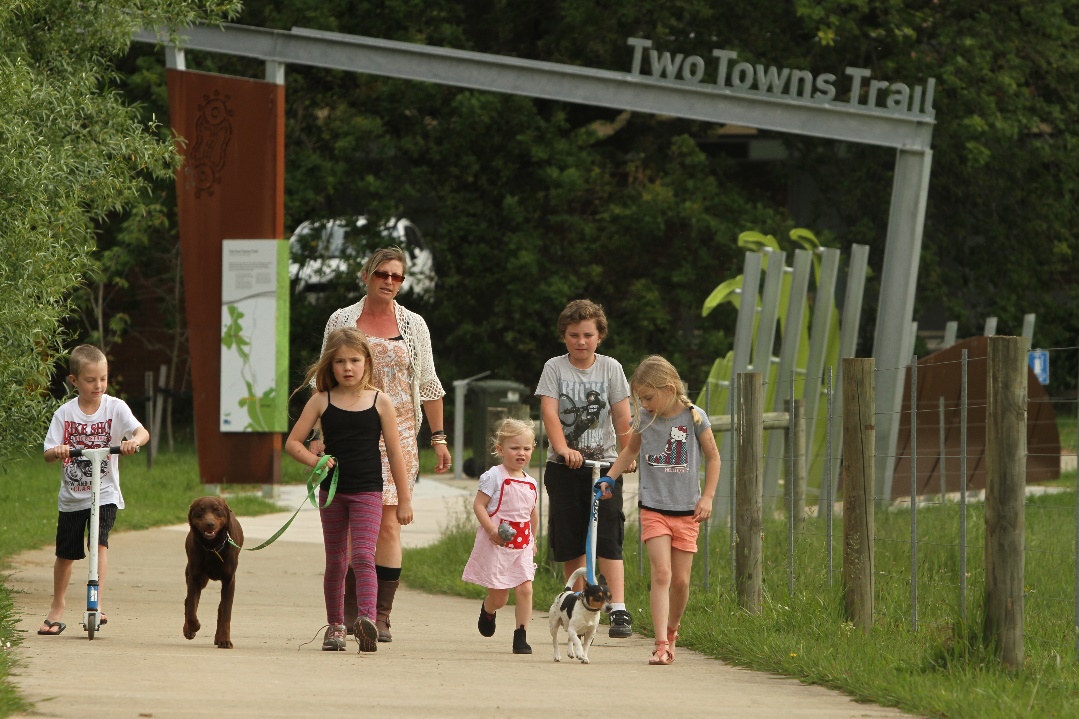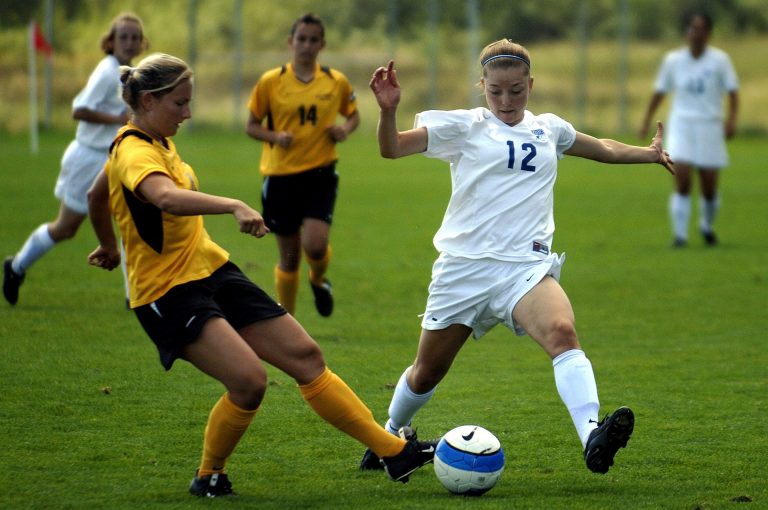10 ways your LGA can lead a walking and cycling revolution
Many years ago I heard someone make this statement – ‘concrete is the best buy in public health’ and more recently ‘30kph speed limit’ was. Both were referring to initiatives to encourage more walking and cycling. I haven’t done the numbers, but what I do know is that less than 2% of transport budgets are spent on walking and cycling which is well under the UNs recommended 20%.
The current COVID-19 climate presents the perfect storm for a resurgence in the community’s interest in walking and cycling and should also provide the motivation for all levels of government to invest in suitable programs and infrastructure to allow walking and cycling to shine, but so, despite the pandemic making more of us want to ride and walk, nothing much has changed.
So let’s get cracking and talk the ‘HOW’. There’s much written about the ‘why’ and the ‘what’ but it’s the HOW that’s vital right now. There is no better time to discuss the process and talk about the ‘HOW’ for growing walking and cycling at a local level. And yes local government I challenge you to take the lead in making walking and cycling the new black. Before we launch into the ‘HOW’, just in case you need a refresher on the ‘why’ here are 50 exceptional reasons – https://www.fastcompany.com/3062989/50-reasons-why-everyone-should-want-more-walkable-streets
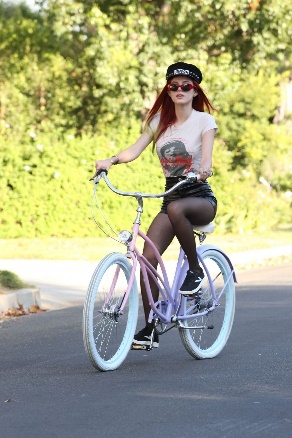
As a newbie in local government back in 2005, and with a public health background, I tracked down the officer in charge of paths to discuss local needs. Surprisingly, it was all there on a small portion of a hard copy A4 sheet, all three projects estimated at $50k each to be delivered over the next three years. I almost cried. With a few more pointed questions I discovered projects made the list only via community petitions. With my appreciative-inquiry approach seriously under pressure, I proceeded to ask about the details of other assets like roads. A folder, the width of, well, a footpath, with all the bells and whistles of good asset management – inspections, renewal, routine maintenance – literally hundreds of projects, figures with many zeroes, prioritisation methodologies etc. was presented to me with great pride.
I was certain the officer could see where my questioning was heading but nup, so I persisted to question the huge discrepancy in the management of the two asset classes both on council owned or managed land. The Road Management Act was the response. In short, they had to manage roads (for vehicles) and they didn’t have to manage paths!
* Footpaths were reactive, roads were proactive.
* Footpaths weren’t managed, roads were.
* Cars were royalty, walking and cycling, peasantry.
* Cars were in, walking and cycling out…
How many of the population own a car and drive? How many people are pedestrians and cyclists? How and when did the car become number one and walking and cycling denigrated to the ‘unimportant’ pile, given their history, necessity and uber coolness?
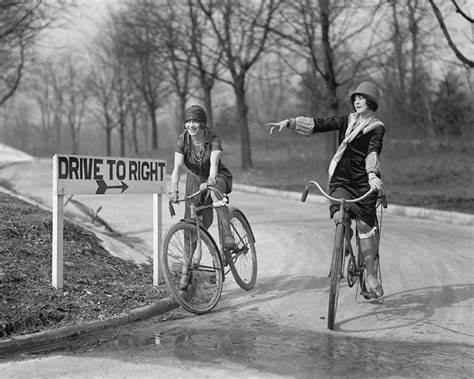
Armed with this information my quest to build a sustainable system to develop an environment for walking and cycling for all began. It wasn’t a short process nor without its one-step-forward-two-steps-back shuffle but it worked and it’s still working. Especially in my home town (to which I’ve returned after a 5-year hiatus) where I’m delighted to hear of, and see, footpath development progress both around the municipality and in the new budget. Millions of dollars and many projects are planned and the councillors are spruiking the community’s demand and delight at the proposals. It’s quite refreshing.
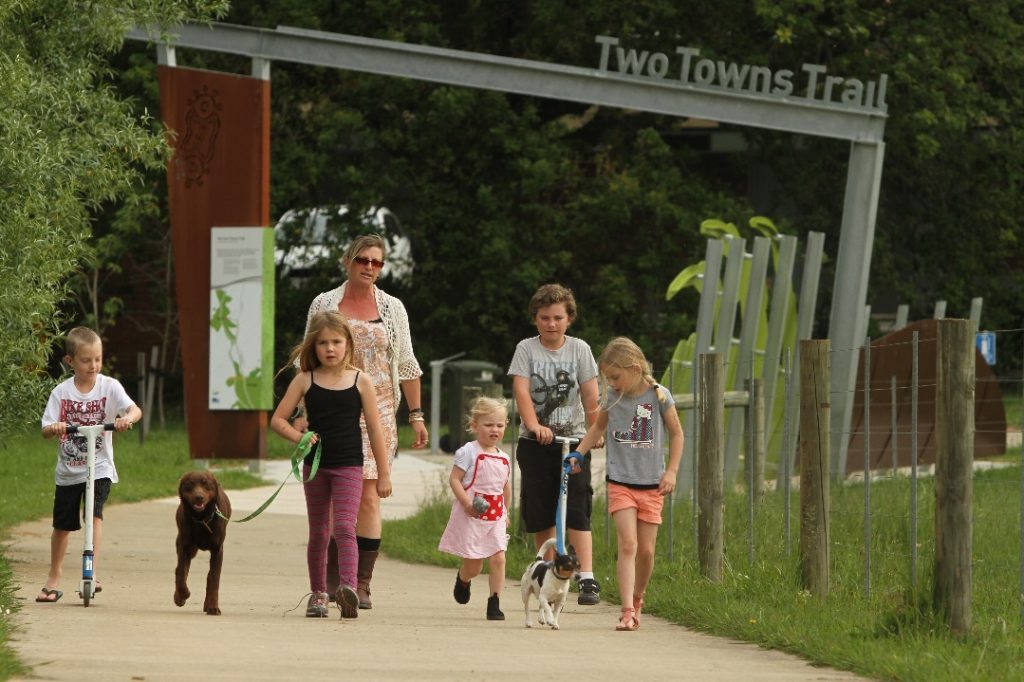
So HOW do you achieve the same focus on a sustainable investment in walking and cycling at your LGA? I hear you ask, well, here’s HOW:
Establish an internal walking and cycling working group to build and share understanding, coordinate existing resources, plan and strengthen action. Meet regularly to start with to build momentum. Who needs to be involved? Walking and cycling interest and provide benefits to so many of council depts – sustainability/climate change, sport and rec, transport, open space, urban design, community development and social inclusion, place making, liveability, economic dev, aged, disability, cultural diversity, families, children, youth and then those that build and maintain – capital works, assets, parks and gardens.
Review the existing landscape and understand your LGA’s state of play in regards to walking and cycling – what’s in place, what’s been achieved, what’s still needed? Look at plans that include or are specific to walking and cycling, check existing and long-term infrastructure plans and budgets to see what projects are in the pipeline, look at customer requests current and past and check out past community consultation that may provide some references to walking and cycling needs.
Start with the low hanging fruit that’s visual and encourages participation:
Activating, promoting and delivering or investing in a range of local programs, events & activities, such as Park Runs, walking groups, website resources, Active April, Walktober, fun runs, etc.
Develop and roll out a program of bike parking, water fountains and signage
Map where people can already walk and cycle safely. Most towns/suburbs will have this already. Make sure you make the maps accessible and promote widely
Don’t be afraid to trial and test before making things permanent. The pop up cycle lanes and wider paths is going global at the moment as a rapid response to social distancing and accommodating heightened levels of walking and cycling
Work with communities to develop public art and beautification initiatives along walking and cycling routes. An attractive and interesting walk will encourage greater participation.
Build a business case with all the info in one place to influence decision makers, community and future funding partners.
You don’t know what you don’t know, right? So get out there, work with communities and agencies (partners) that rely on and want good walking and cycling environments to audit and help identify all missing links and needs including, strategic links, off road, on road, etc. Use CEPTED, Healthy by Design and other tools to help and ensure people of all abilities and backgrounds are involved to firmly place a gender, diversity and inclusion lens over the work.
Fill strategic planning gaps identified. Include principles and known methods like PPN, PBN, 20 minute neighbourhoods, structure planning, new subdivision policy, prioritisation methodology and ensure a hierarchy is adopted to guide future decision making – pedestrians, cyclists, public transport followed by vehicles.
Convert all objectives into implementation/action plans. Include the audit findings and create lists for standard footpaths, shared paths, on road cycle lanes, pedestrian crossings, speed limits, water fountains, pause places, tree planting, signage/wayfinding, bike racks, public art and beatification initiatives, etc. All key aspects of creating a walkable, cycleable environment and community.
Pop all those incredible prioritised and costed projects into the long term infrastructure plan and budgets. If your LGA doesn’t have a LTIP or 10 plus year budget ask the question – why not?
Data rocks so don’t forget to monitor and evaluate your efforts. Counters on key routes, manual counts, funding success, participation data, etc. cost next to nothing but the interest, media opportunities and the desire to do ‘more’ that the counts create is a mega return on investment. Don’t forget qualitative data also – small videos of what people love and need tells a great story.
Get designing and have five high profile, large scale, medium to longer term shovel ready projects on your shelves set to take external funding opportunities as they come knocking. LGAs should be funding the rest!
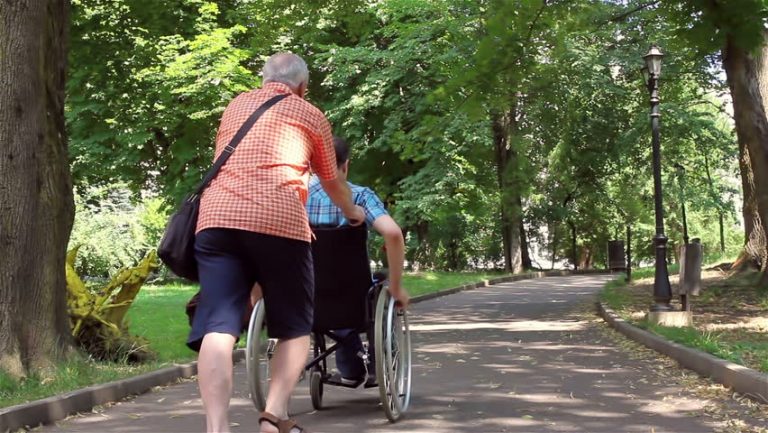
Remember, that whilst we want people to walk and cycle more for their personal health and wellbeing and that of the environment, people out on the streets moving around, playing and connecting are also great indicators of community strength and wellbeing. Ultimately, every LGA wants healthier communities.
So let’s connect to make walking and cycling the new black.
Kerry Irwin
Rec People Industry Expert

